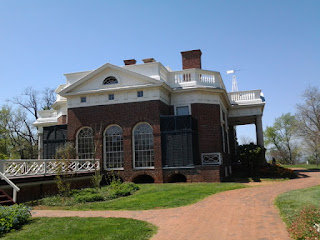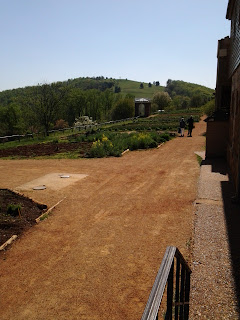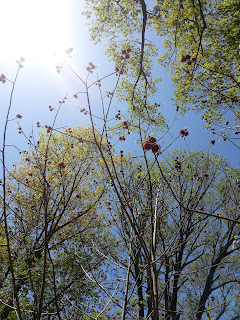Taking my final train journey from Charlottesville to Washington DC completes my amazing circular trip.
I have travelled 7003 miles in 23 days (not counting the air miles from Heathrow)
I have stopped in 10 cities
I have passed through 19 different states
I have crossed 26 rivers
I have travelled on 6 Iconic trains - and slept on 5 of them!
I have seen countless wonders, sunrises and sunsets, Oceans and Mountains. I have seen hundreds of miles of the United States of America - endlessly awe inspiring, amazingly beautiful and jaw droppingly (made up word) stupendous miles!
I have ticked many things off my bucket list
- Seeing the Grand Canyon
- Staying in a Hostel
- Sleeping on a train
- Learning about America's history
- Riding on a Steamboat
- Eating Chicago deep dish Pizza and French dipped sandwiches
- Experienced an American Tea Bar
- Seeing both the mighty Rockies and the Sierra Nevada
- Meeting new people and sharing their stories
Many people have asked me "what was your favourite place" and during the entire trip, right up until Charlottesville, Chicago was by far my favourite City. Charlottesville, however, with its laid back vibe and all that Thomas Jefferson history, just pips Chicago to first post.
I also feel I cannot end this blog without thanking all the fabulous Americans who helped me along the way and took the time to either talk to me, help me or share their stories/experiences with me. One big thing I noticed about them all is that they are so positive - no moaning or complaining, Americans just get on with it. And I know they get a bad wrap with their "Have a nice day" dialogue but it is used in a very genuine, polite way that really does lift your day.
I have also really enjoyed writing this blog and having you all follow my adventures - its been kind of comforting to know you are keeping tabs on me!
Apparently I can have the blog printed in a hardback book so that I have a souvenir to keep so with that in mind I am adding a few more photos from my last day in DC as I managed to get up to the top of the Old Post Office tower to take some last shots.
Thank you for following - I hope you've enjoyed reading xxx
“No one realises how beautiful it is to travel until he comes home and rests his head on his old, familiar pillow.” – Lin Yutang
Repairs are on going to the Washington monument following last years Earthquake
The Capitol building showing Pennsylvania Avenue
The Lincoln Memorial in the distance
Inside the 11 storey Old Post Office
Hotel roof garden
Distant view of the Potomac River
The distinctly '70s' FBI building





















